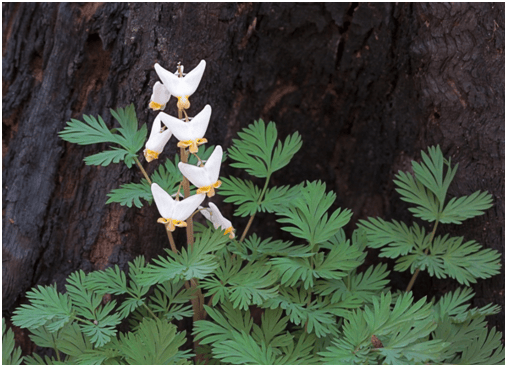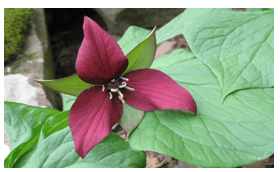Define hydrophytes and give examples.
Important Questions on Principles of Ecology
Hydrilla and Limnophila are examples for the following categories respectively,
i) Free-floating hydrophyte and rooted hydrophyte with floating leaves
ii) Submerged, suspended hydrophyte
iii) An amphibious plant
iv) Submerged, suspended hydrophyte and a free-floating hydrophyte
v) Submerged, rooted hydrophyte and an amphibious plant
The correct combination is
Match the following:
| Set-I | Set-II | ||
| (A) | Endosmosis | (I) | High altitude adaptation |
| (B) | Exosmosis | (II) | Desert adaptation |
| (C) | Metabolic water | (III) | Problem for fresh water animal |
| (D) | Increase in the production | (IV) | Problem for marine animals |
The correct match is
In a pond, we see plants that are free-floating, rooted-submerged, rooted emergent, rooted with floating leaves. Write the type of plants against each of the following:
| Plant name | Type |
| a. Hydrilla | _____ |
| b. Typha | _____ |
| c. Nymphaea | _____ |
| d. Lemna | _____ |
| e. Vallisneria | _____ |

Study the picture and identify the ephemeral plant:
Hydrophytes are plants that require water for survival.

Study the above figure of the ephemeral plant and state the scientific name: ( words)
Differentiate between:
Mesophytes and hydrophytes-
| E | P | A | S |
Represent the union of two sets by Venn diagram for each of the following.
is a prime number between and
is an odd number between and
Water is very essential for life. Write any three features for plants which enable them to survive in water scarce environment.

